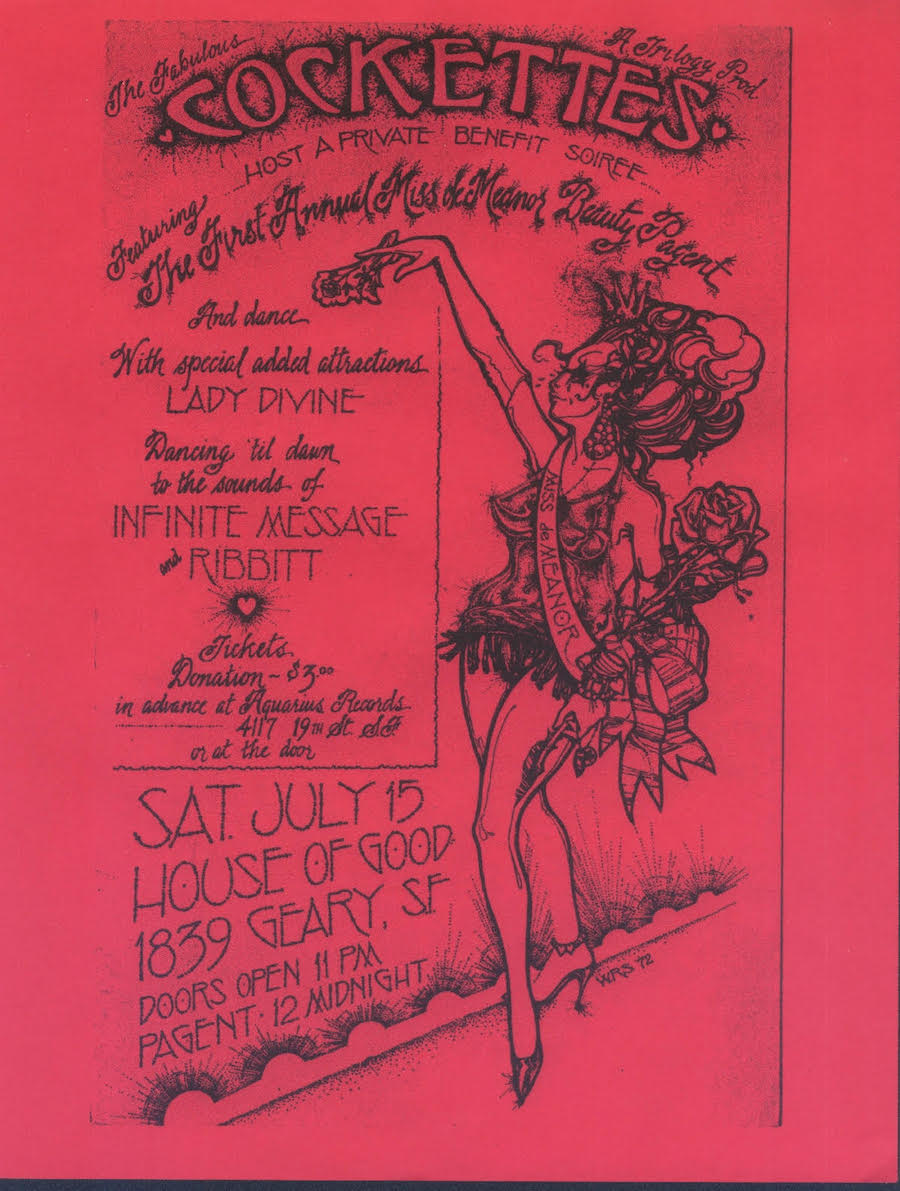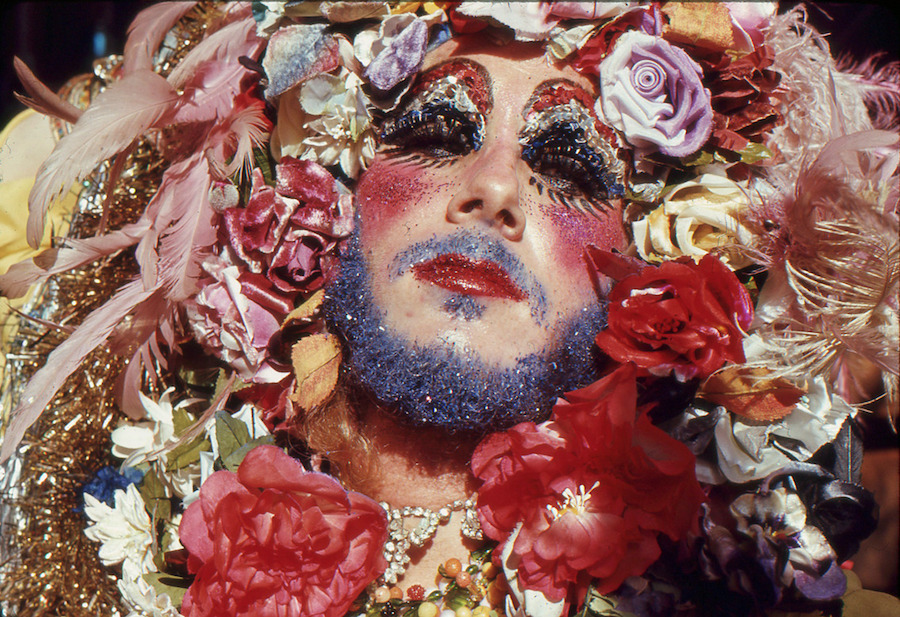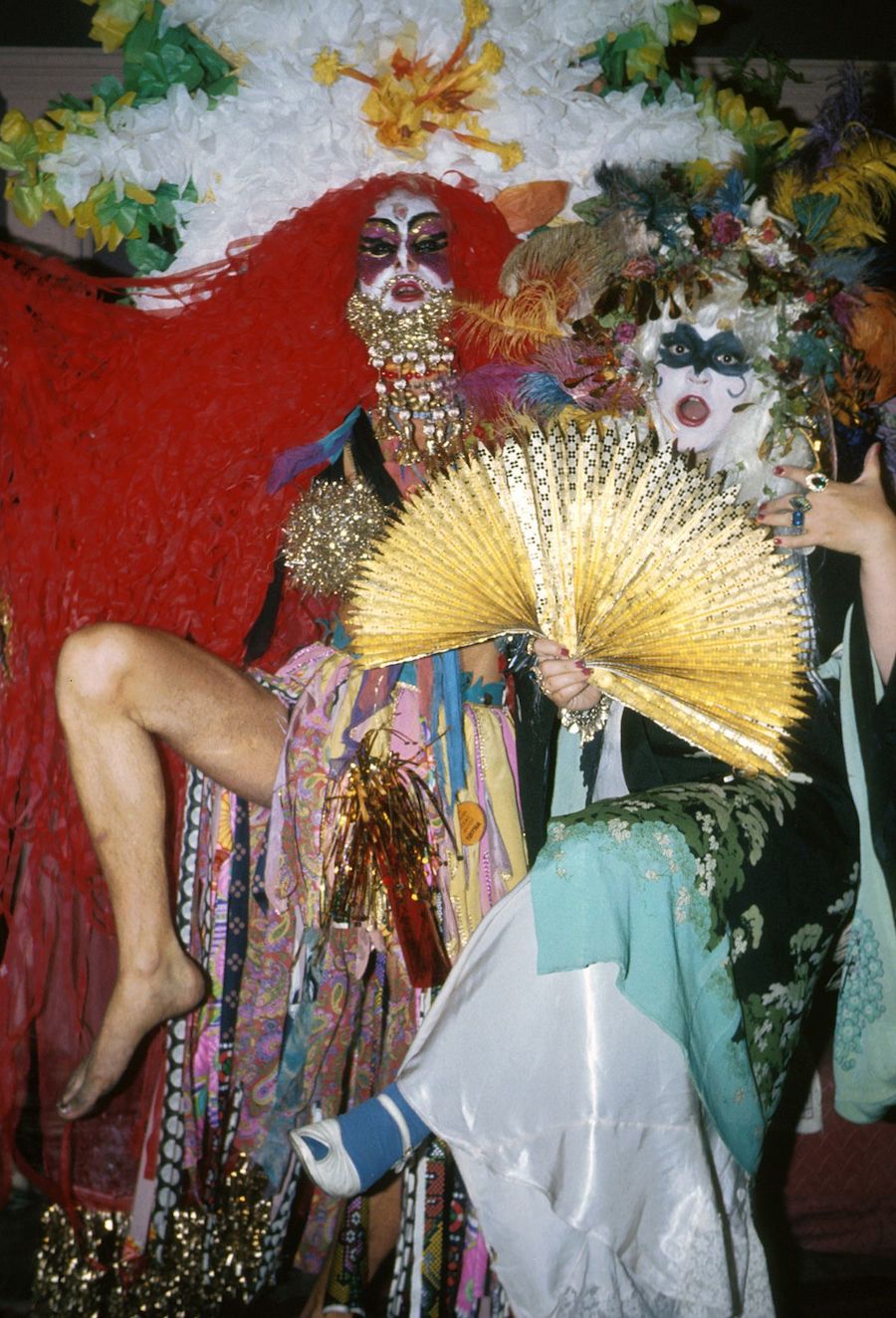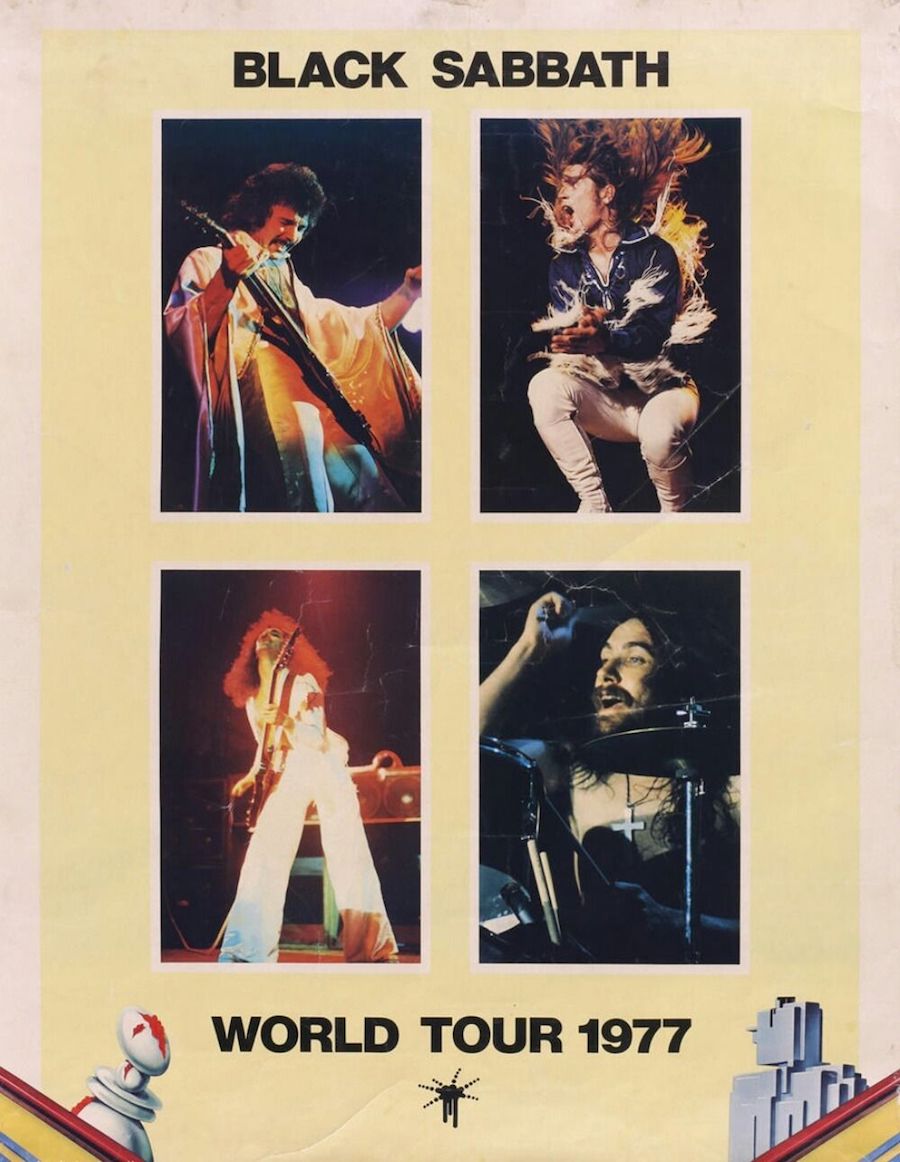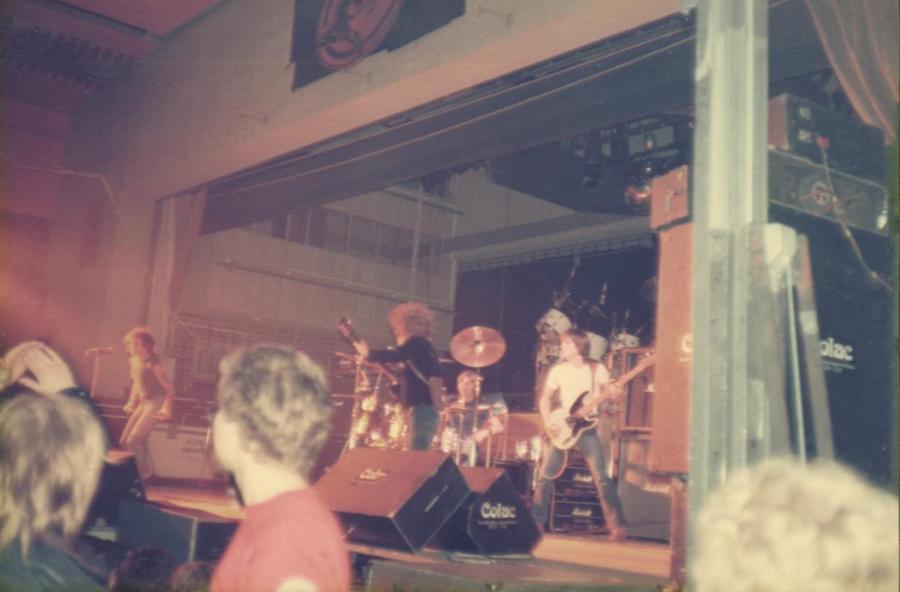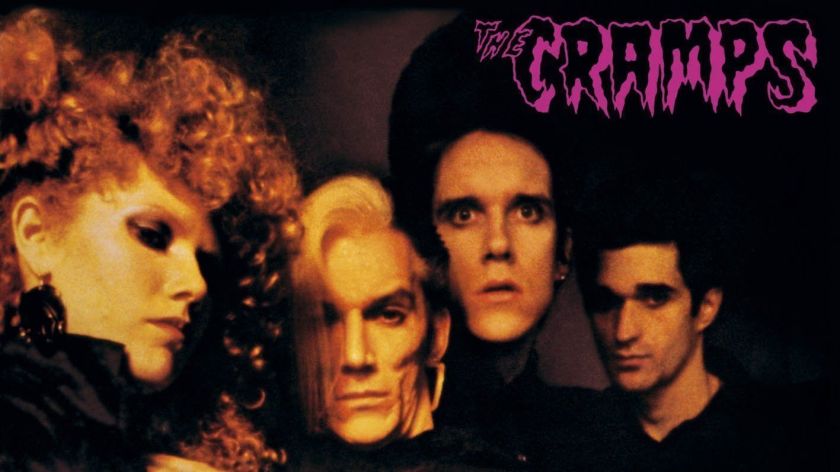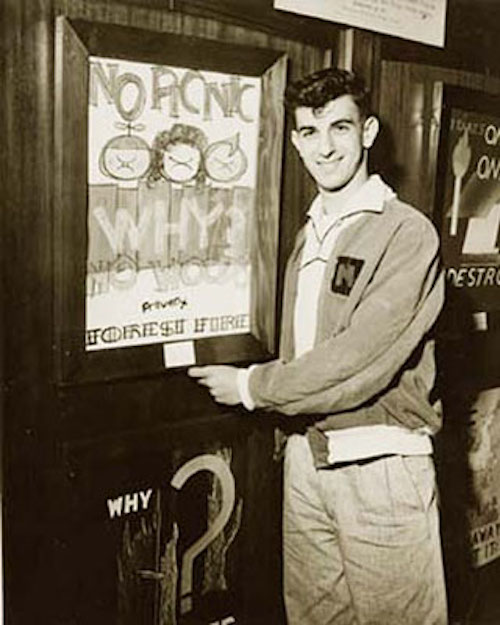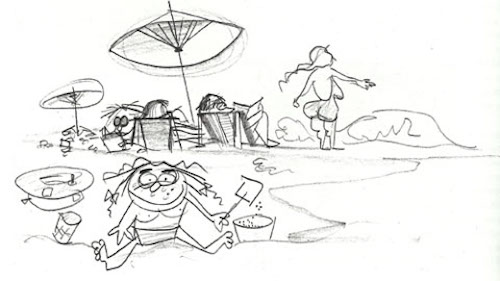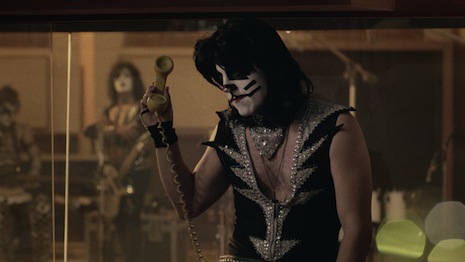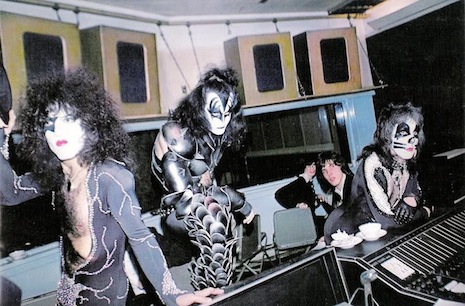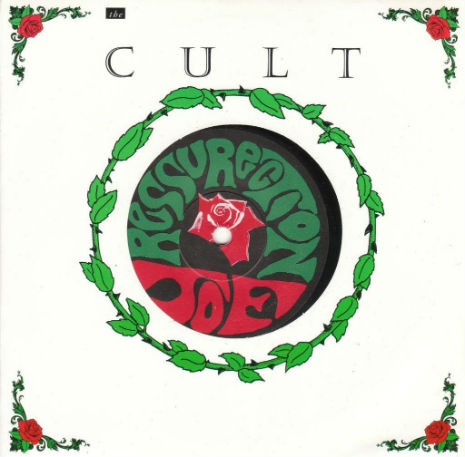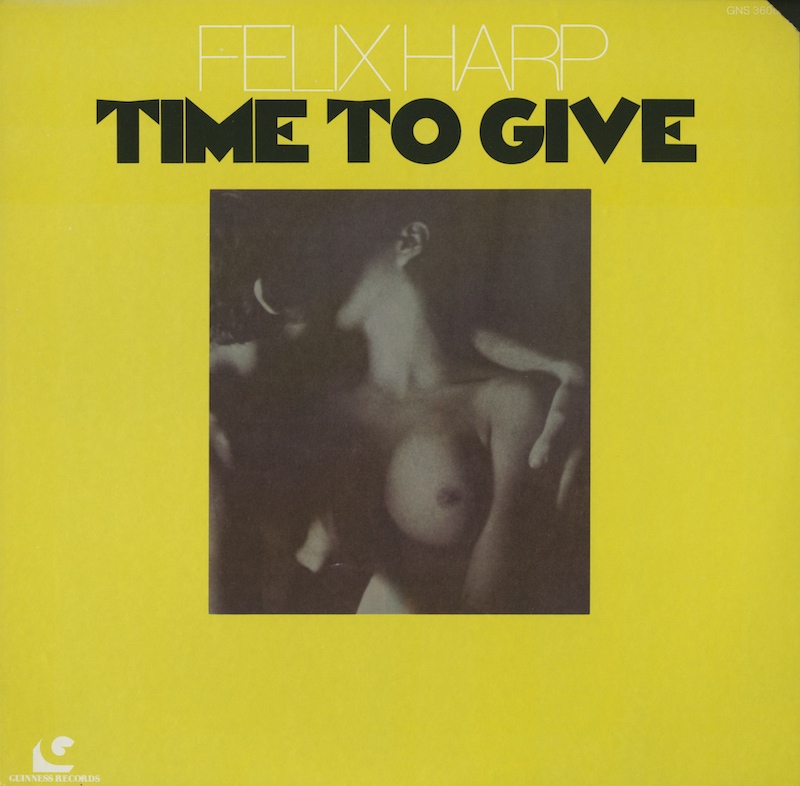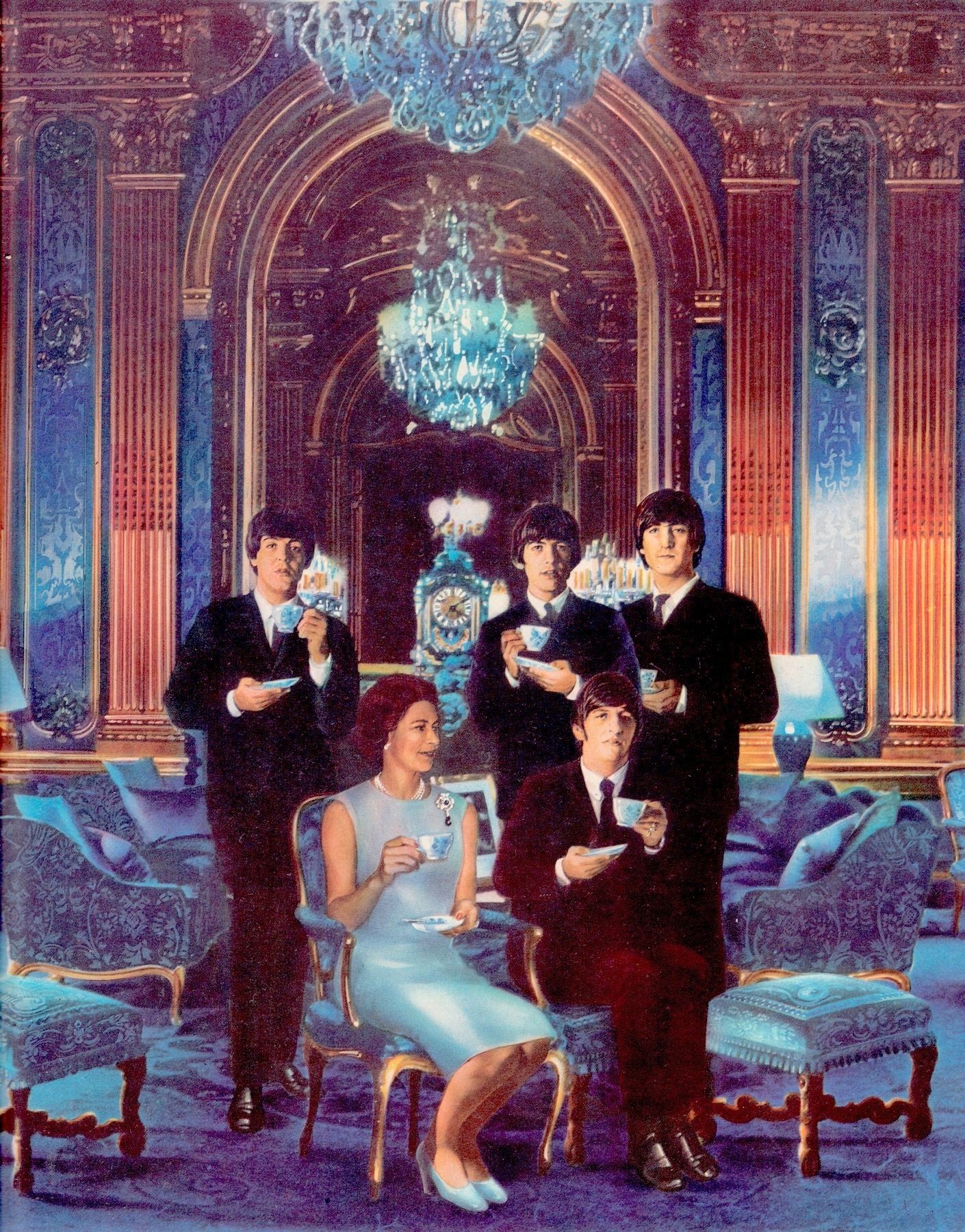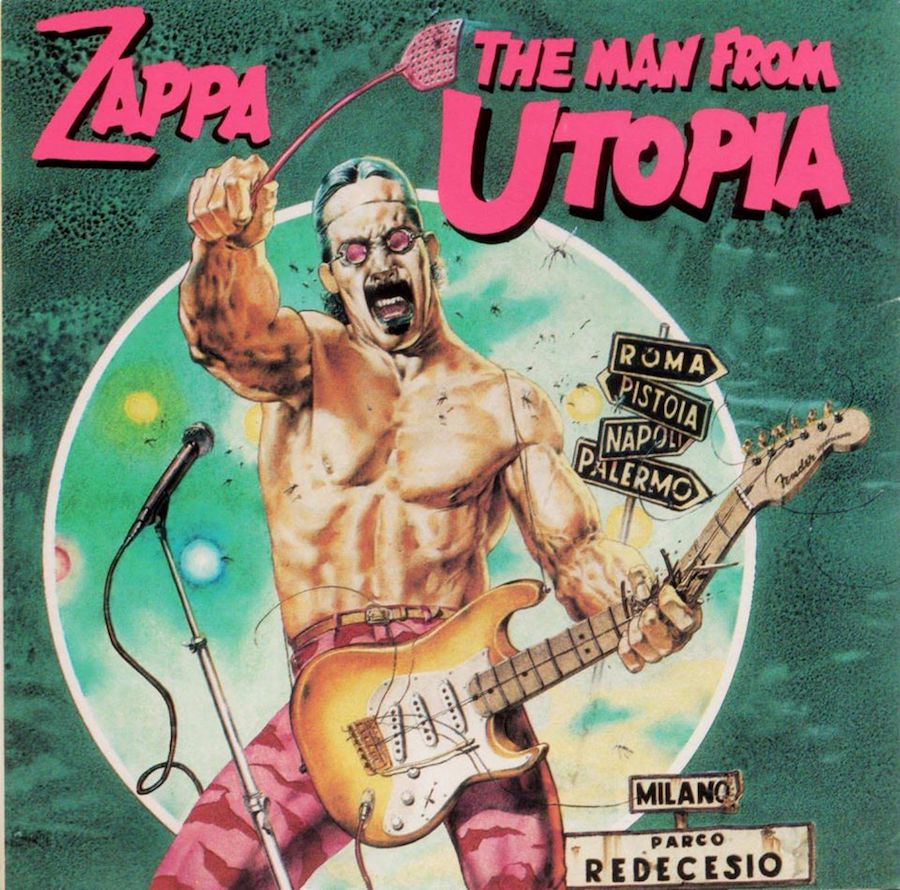
The cover of Frank Zappa’s 1983 album, ‘The Man From Utopia’ featuring the artwork of Tanino Liberatore.
Tanino Liberatore, (born Gaetano Liberatore) may be best known to music fans for his association with Frank Zappa. The two became friendly after Liberatore created a cyborg version of Frank for the futuristic cover of Zappa’s album, The Man From Utopia (1983). Liberatore named his illustration of Zappa, Frank Xerox—a hat-tip to his fiendish Frankenstein comic character RanXerox, a revered reprobate and the subject of a long series of Italian comic strips, comics and graphic novels dating back to 1978 created by Liberatore and Stefano Tamburini. Here’s Liberatore from a 2012 interview on meeting Zappa in Italy while he was in town doing shows in Naples and Rome in 1982:
“I was at the Naples and Rome concerts where nothing special happened. After the Naples concert, we went dining together to discuss the cover. In the beginning, it should have been a six pages comic strip, but the project was later reduced. Since I don’t like covers with a lot of details or messages, and I prefer a strong drawing to leave a powerful impact, I proposed to draw the front cover according to my approach, leaving to him any decision concerning the back cover. Frank accepted. So in the back, I drew the promoters who worry only about sniffing cocaine, The Pope, the gal who let Zappa know about RanXerox.”
The “gal” Liberatore is referring to was a journalist for the Italian magazine Frigidaire, early publishers and supporters of RanXerox. Her illustrated image even appears in the apocalyptic crowd scene on the back cover of The Man From Utopia, where she is depicted topless, thrusting a copy of Frigidaire above her head. The journalist, only identified by her first name Valentina, played a crucial role in Zappa’s awareness of Libertore, who went into detail about his first encounter with Zappa leading to the infamous album cover:
“And he just saw RanXerox, at least that’s what they told me, he threw out the girl and took what was his Italian handyman, who was from Rome, Bassoli (Italian rock journalist Massimo Bassoli, the editor of Tutti Frutti magazine and friend of Zappa’s), and he told to track me down because he wanted to talk to me because he liked the characters. Then Bassoli found us, it was me and Stefano (Tamburini ), at the Excelsior in via Veneto, we went to his room, where there was his bodyguard, a huge black man, and a few people. And he came out: ‘Hey, Liberatore! After Michelangelo, you are the greatest Italian artist!’ And he believed it, he didn’t say it to piss me, on the contrary. And this was the first impact. Frank Zappa was one of my myths, also because the myths that I had were more musicians than designers, apart from Michelangelo and Caravaggio. Finding myself there in the presence of his holiness, even if records had come out at the time that I didn’t like so much.”
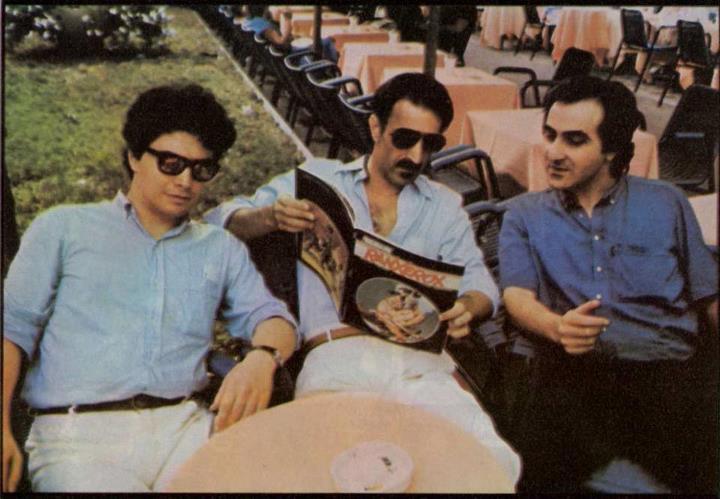
A photo of Tanino Liberatore (left), Stefano Tamburini (right), watching Frank Zappa (center) flip through the copy of Frigidaire featuring RanXerox. Image source.
As usual, Zappa was far ahead of the cool curve, and it would be about five years before Ranx flipped the lids of adult-oriented comic fans in the U.S. when he showed up in the July 1983 edition of Heavy Metal. As a nearly life-long comic/graphic novel fan, I first became aware of Liberatore and Ranx by way of Spanish comic MAXX, when Ranx appeared on the cover of the January 1986 issue. Initially, Liberatore’s artistic interest was firmly rooted in architecture before he decided to take up illustration for print advertising in 1975. He would meet Tamburini a few years later, and “RanXerox,” the first iteration of RanXerox, would violently spring to life.
Sadly, Tamburini, a hugely respected graphic artist in his own right, would pass away entirely too young, just months before his 31st birthday in 1986. Liberatore would abandon RanXerox and comics for years until he revived his mechanical antihero in the 90s as a character in books by Jean-Luc Fromental and Alain Chabat. His work has also been featured in Hustler, Métal Hurlant, and thankfully, several books, including La Donne (2012), and the soon-to-be-released Ranx: The Complete Collection due in June of 2020, containing his vicious, unsettling, and (at times) confusing illustrations. After the initial shock of seeing Liberatore’s work for the first time 34 years ago (at Newbury Comics in Harvard Square), the impact of his wild style has not diminished. And, if you are not familiar with his work, it will likely have the same effect on your eyeballs as well. That said, with a few exceptions, many of the images in this post are NSFW.
 \
\
The back cover of ‘The Man From Utopia.’
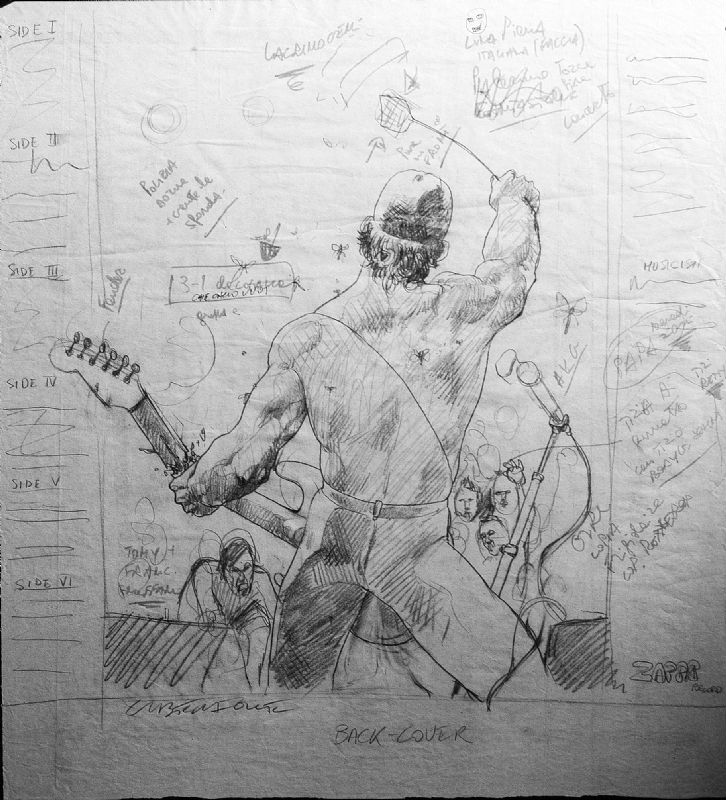
A sketch by Liberatore for the back cover of ‘The Man From Utopia.’ More can be seen here.

A sketch of Zappa by Liberatore.
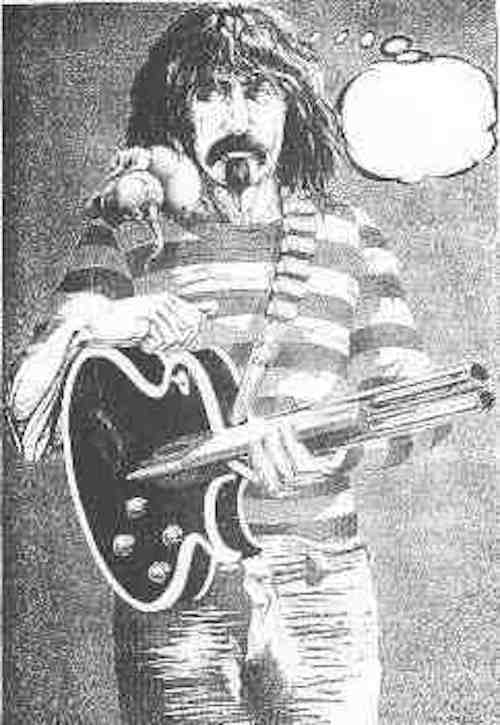
Another sketch of Zappa by Liberatore.
More after the jump…










